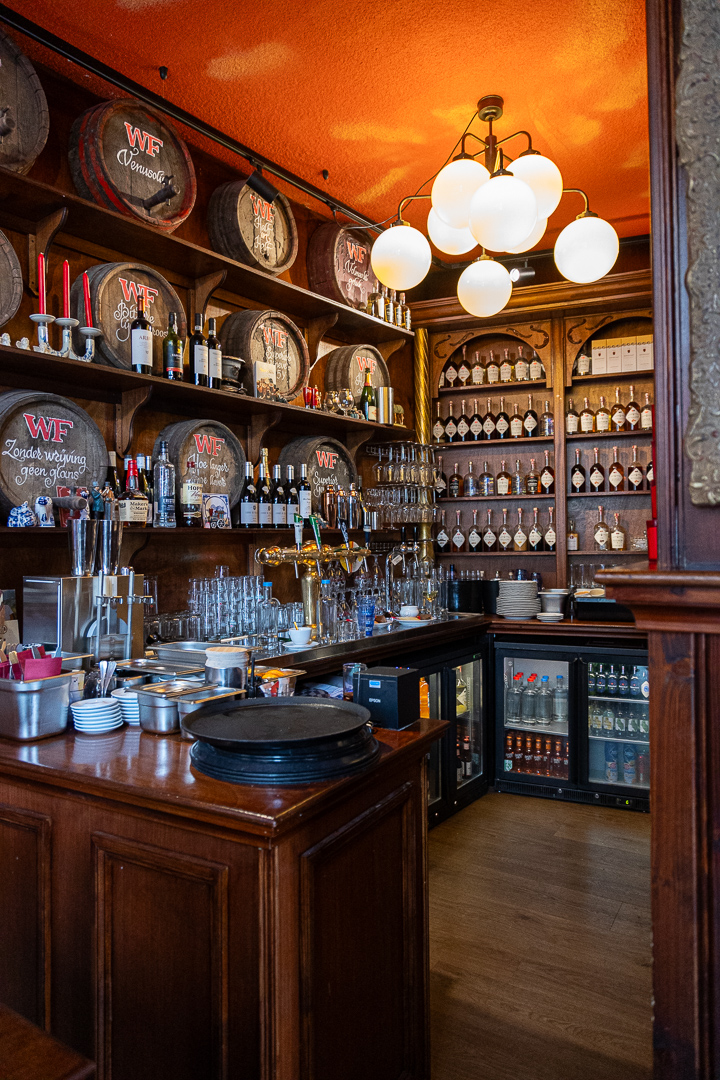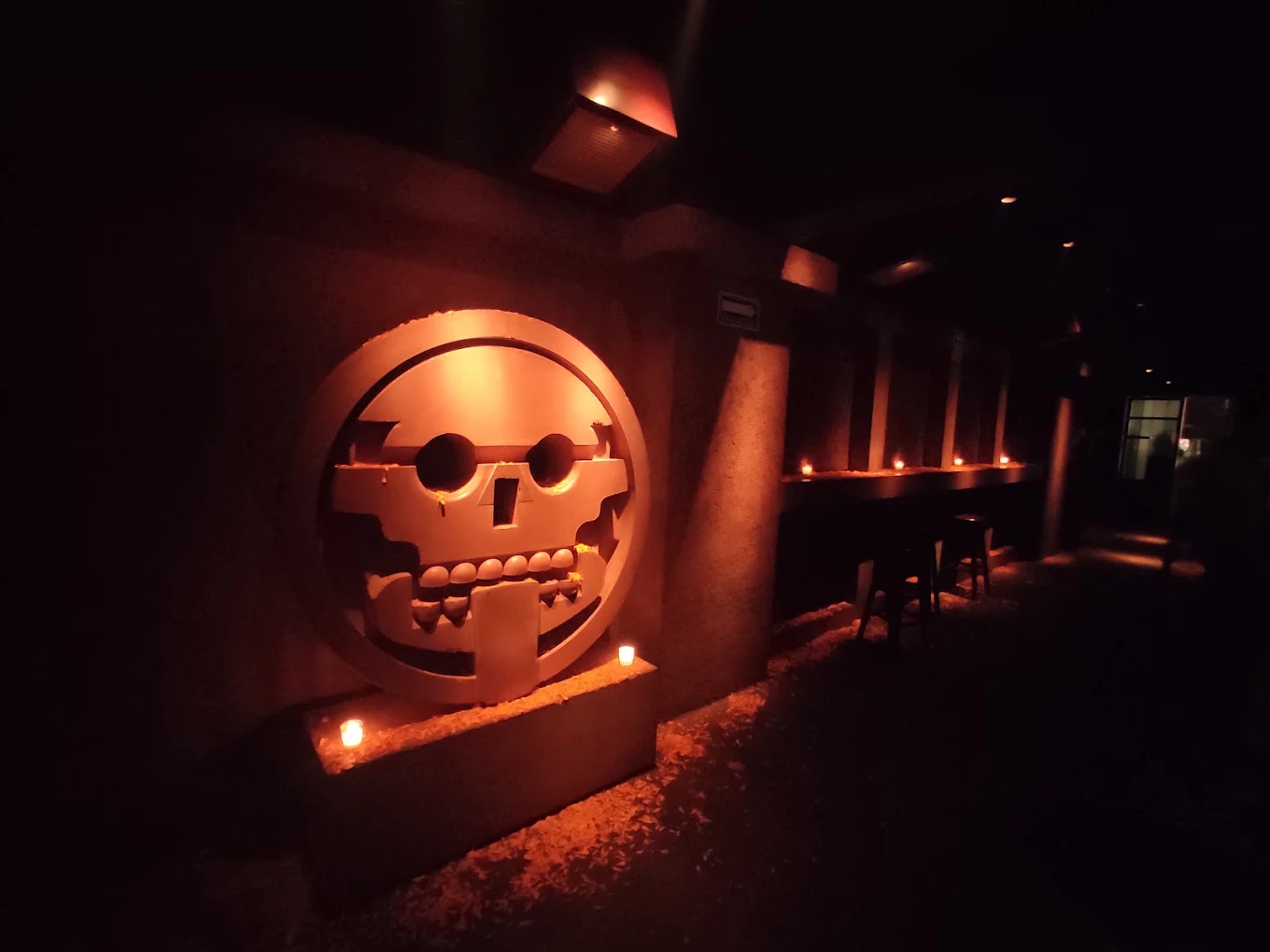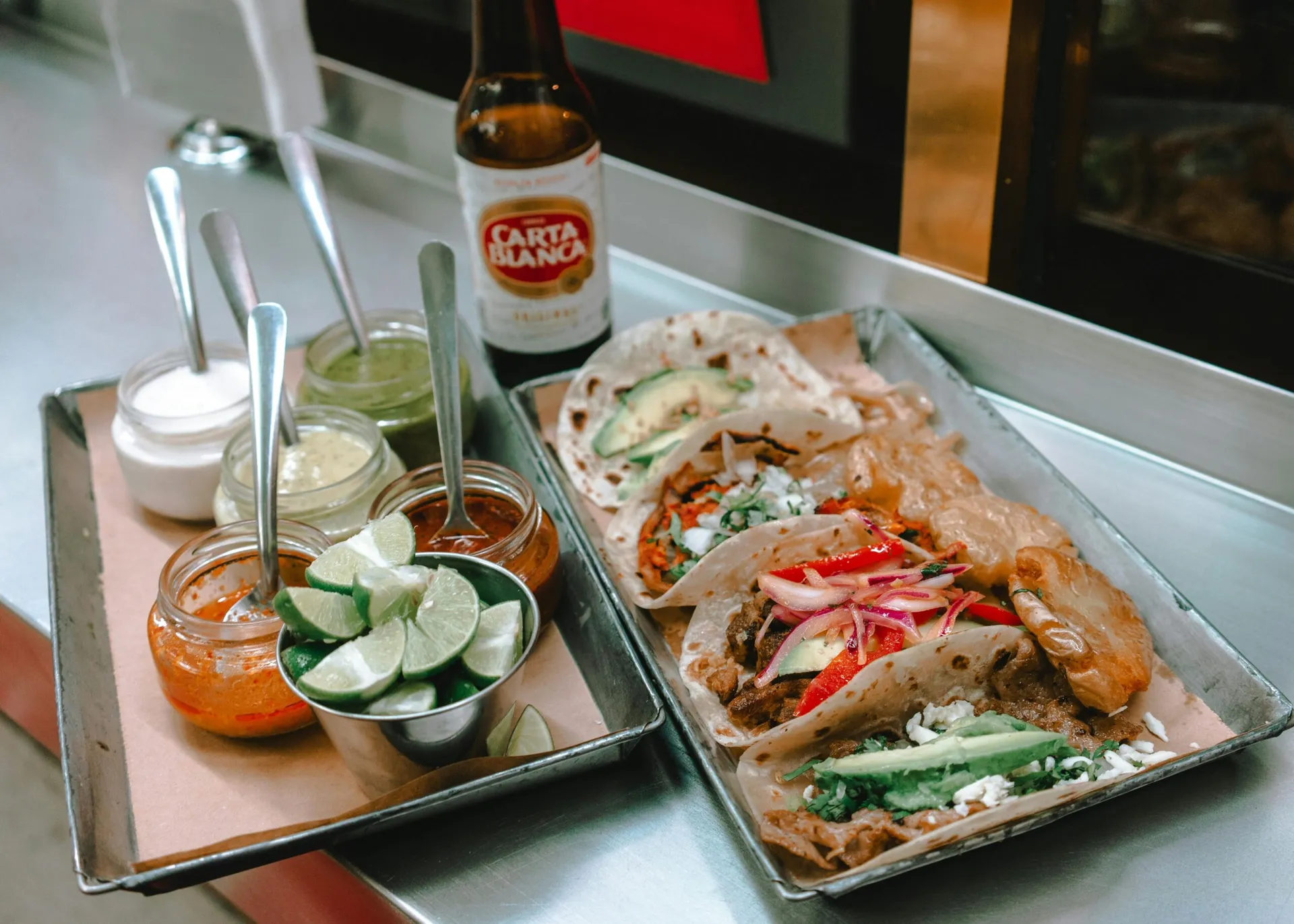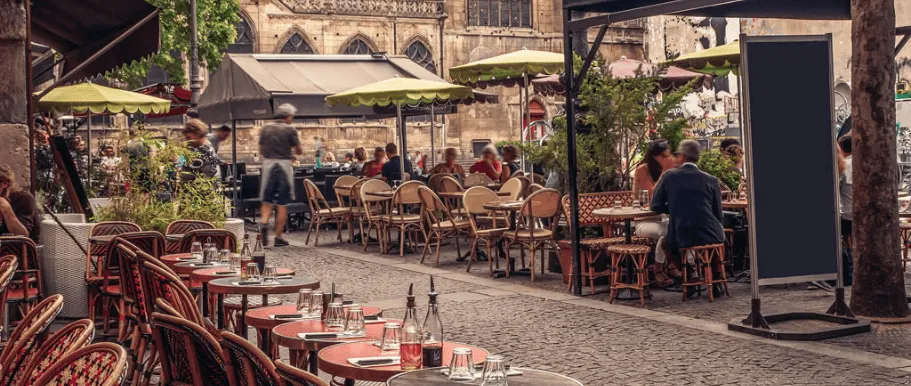Visiting Amsterdam? Check the best brown cafe in Amsterdam. If you’re in for a delightful experience, get explore the «bruin cafés» in Dutch, these establishments are the cornerstone of the city’s pub culture. More than just places to enjoy a drink or a meal, brown cafés embody the essence of Dutch tradition, offering a window into Amsterdam’s rich history and welcoming atmosphere. Whether you’re a traveller eager to explore local flavours or a food and drink enthusiast, Amsterdam’s brown cafés are essential stops that promise to make your visit to this captivating city truly memorable.
Defining the Brown Café: More Than Just Color
Historical Backdrop
The brown café, or «bruin café,» has a rich and varied history that stretches back to the Middle Ages. These establishments originated from inns and taverns where locals and travelers could gather to eat, drink, and sometimes even stay.
Over time, they evolved into the living room-style pubs of the 19th century, where locals would open their homes to generate extra income. The term «brown café» itself is derived from the tobacco smoke and years of use that stained the wooden furnishings and ceilings, giving these places their distinctive, cozy ambiance. Some of these cafés have been around since the 17th century, such as Café Papeneiland, which dates back to 1642 and the Golden Age of Holland.
The Role in Dutch Culture
Brown cafés are more than just drinking establishments; they are epicenters of social gatherings and intellectual life in Dutch culture. These cafés have long served as meeting places for various social groups, including artists, intellectuals, workers, and students. They contribute significantly to the vibrant social and intellectual life of the communities they serve.
In Amsterdam, particularly in the historic Jordaan neighborhood, brown cafés are integral to the local culture. They showcase local culinary favorites and offer a nostalgic glimpse into the past, while also adapting to modern trends to attract younger generations.
Whether it’s enjoying a traditional beer and bitterballen or savoring a kopstootje (a combination of beer and jenever), these cafés embody the warm hospitality and social spirit of the Netherlands.
The Must-Visit Brown Cafés in Amsterdam
1 – Café Katoen
Café Katoen, nestled along the charming Kloveniersburgwal canal just steps from bustling Rokin, offers a modern take on the traditional brown café experience. With its inviting wooden interior and spacious canal-side terrace, this cozy café has become a beloved hangout for both locals and travelers looking to unwind in the heart of Amsterdam.
Inside, the atmosphere is quintessentially Dutch, with a strong sense of gezelligheid—that warm, homey feeling that defines the brown café culture. Whether you’re grabbing a morning coffee, enjoying a relaxed lunch, or sipping a local beer in the late afternoon sun, Café Katoen provides the perfect backdrop for every moment of the day.
Unlike many historic brown cafés, Café Katoen boasts a full kitchen, offering a more extensive menu that includes hearty breakfasts, fresh sandwiches, and classic bar snacks like bitterballen and cheese platters. Its drinks menu features a solid selection of Dutch and Belgian beers, alongside wines and specialty coffees.
Frequented by students, creatives, and professionals alike, Café Katoen embodies the spirit of Amsterdam’s vibrant street life while remaining a peaceful retreat just off the beaten path. It’s the ideal spot to soak in the city’s charm while enjoying a taste of its café culture—authentic, relaxed, and unmistakably local. The best part? This cafe is part of Sherpa Food Tours‘ Amsterdam Local Foodie Adventure.
- Address: Oude Turfmarkt 153, Amsterdam

2 – Café ‘t Smalle
Café ‘t Smalle, nestled in the heart of Amsterdam’s Jordaan neighborhood, is a quintessential example of a brown café. Originally a gin distillery dating back to 1786, it was beautifully restored in the 1970s and transformed into the cozy pub it is today.
This canal-side gem features ambient lighting and traditional furniture, creating a relaxed and inviting atmosphere. Visitors can enjoy a classic pairing of beer and bitterballen or opt for something unique like the Mort Subite Kreik, a cherry-infused beer.
The bar snacks are authentically Dutch, including cheese, sausage, and grainy mustard, making it an ideal spot to savor local flavors.
- Address: Egelantiersgracht 12, Amsterdam

3 – Café Hoppe
Café Hoppe, another iconic brown café in Amsterdam, is renowned for its rich history and traditional ambiance. Established in 1670, it stands as one of the oldest bars in the city and has retained its classic charm through the centuries. Located on the Spui, Café Hoppe is a favorite among locals and visitors, offering a wide selection of beers and traditional Dutch snacks.
The café’s dark brown wood interior and cozy atmosphere make it the perfect place to relax and immerse yourself in the local culture.
- Address: Spui 18-20, Amsterdam

4 – In ‘t Aepjen
In ‘t Aepjen, located near the Nieuwmarkt, is one of Amsterdam’s oldest and unique brown cafés. Dating back to 1519, it holds the distinction of being the oldest bar in the city and boasts a fascinating history, having once served as a gathering spot for sailors and travelers.
The café’s name, «In the Monkey,» originates from the tradition of sailors paying their bills with monkeys, which were then kept in the bar. Today, In ‘t Aepjen offers a warm and welcoming atmosphere, featuring wooden decor alongside a selection of beers and local delicacies.
- Address: Zeedijk 1, Amsterdam

5 – Café Chris
Café Chris, situated in the Jordaan neighborhood, is another must-visit brown café in Amsterdam. Established in 1624, it is one of the city’s oldest bars and has long served as a popular gathering spot for locals. Known for its traditional Dutch pub ambiance, Café Chris offers a variety of beers and classic bar snacks.
The café’s dark wooden interior and friendly service make it a cozy spot to enjoy a drink and feel at home among the locals.
- Address: Bloemstraat 42, Amsterdam

What to Expect: Savoring the Brown Café Experience
Authentic Dutch Snacks and Drinks
When you step into a brown café in Amsterdam, you are instantly immersed in the world of traditional Dutch cuisine and beverages. Popular drink choices include beer and jenever, with jenever often enjoyed as part of a «kopstootje,» a combination of jenever and beer. The snacks are equally authentic, with staples like bitterballen (deep-fried balls filled with a mixture of beef, beef broth, and flour) and borrelnootjes (a type of nut snack).
Some brown cafés may also offer simpler options such as boiled eggs or, in rare cases, more substantial meals. However, many of these establishments do not have full kitchens. The availability of these traditional treats enhances the atmosphere, allowing you to fully embrace the flavors and customs of Dutch pub culture.
A Glimpse into the Local Life
Brown cafés are more than just places to eat and drink; they serve as hubs for local life and social interaction. These venues have historically been meeting points for diverse social groups, including artists, intellectuals, workers, and students. Here, you can witness and even partake in the vibrant intellectual and social life fostered by these cafés.
The concept of «gezelligheid» (coziness) is central to the brown café experience. This quintessentially Dutch term embodies the warm, welcoming atmosphere that makes these cafés feel like a second home to both locals and visitors. Whether you’re engaging in lively discussions, enjoying background music, or simply observing the local clientele, a visit to a brown café offers a genuine glimpse into Amsterdam’s community spirit.
Savor Amsterdam Like a Local—Step by Step, Bite by Bite
This isn’t your ordinary stroll through the city—it’s a flavorful adventure through the real Amsterdam. With the Amsterdam Local Foodie Adventure from Sherpa Food Tour, you’ll walk through vibrant neighborhoods and uncover the hidden eateries, bustling markets, and local stories that make the city so unforgettable. No tourist clichés—just genuine bites and deep cultural flavor.
From crispy kroketten to the bold spices of Surinamese and Indonesian dishes, every stop reflects Amsterdam’s rich multicultural roots. Alongside your local guide, you’ll hear how migration and tradition come together to shape the food scene today. Come with an appetite, and leave with a deeper connection to the city.
Why This Experience Stays With You:




Amsterdam Local Foodie Adventure
Tasting bites from up-and-coming eateries in Canal Ring, Amsterdam’s trendiest neighborhood!
3.5 hours
+10 dishes & drinks
Max of 8 guests
From $65 USD
Embracing the Essence of Amsterdam
In conclusion, Amsterdam’s brown cafés are more than historic drinking establishments; they embody Dutch culture and hospitality. These venues, with their centuries-old charm, dark wood interiors, and cozy atmospheres, offer a unique window into the city’s rich heritage. Be sure to savor traditional Dutch snacks and drinks, like beer and jenever, while immersing yourself in the local life by engaging with the community.
Whether you’re looking for a nostalgic escape or an authentic local experience, visiting Amsterdam’s brown cafés is a must. Step into these iconic spaces and embrace the essence of Amsterdam – you won’t be disappointed.
FAQ About Brown Cafe in Amsterdam
Are Brown Cafés Suitable For Travelers With Dietary Preferences Or Restrictions?
While traditional brown cafés focus on classic Dutch fare, which can be meat- and dairy-heavy, some modern venues have begun adapting their menus to include vegetarian or gluten-free options. Travelers with specific dietary needs should consider visiting updated brown cafés like Café Katoen, which offer a more extensive food menu and are more likely to accommodate preferences.
Can Brown Cafés Be Part Of A Self-Guided Food Tour In Amsterdam?
Absolutely. Brown cafés are perfect stops on a self-guided culinary tour of the city. Each café has its own unique history, menu, and ambiance, making it easy for tourists to sample different regional snacks and local brews while exploring various neighborhoods like Jordaan, Nieuwmarkt, and the historic city center.
What Time Of Day Is Best For Visiting A Brown Café As A Tourist Interested In Local Cuisine?
For tourists focused on food, late afternoon to early evening is the ideal time to visit brown cafés. This window allows travelers to enjoy bar snacks like bitterballen or a cheese platter before the venues become more focused on drinks. It’s also a great time to mingle with locals and observe the café transition from daytime relaxation to evening sociability.



























































